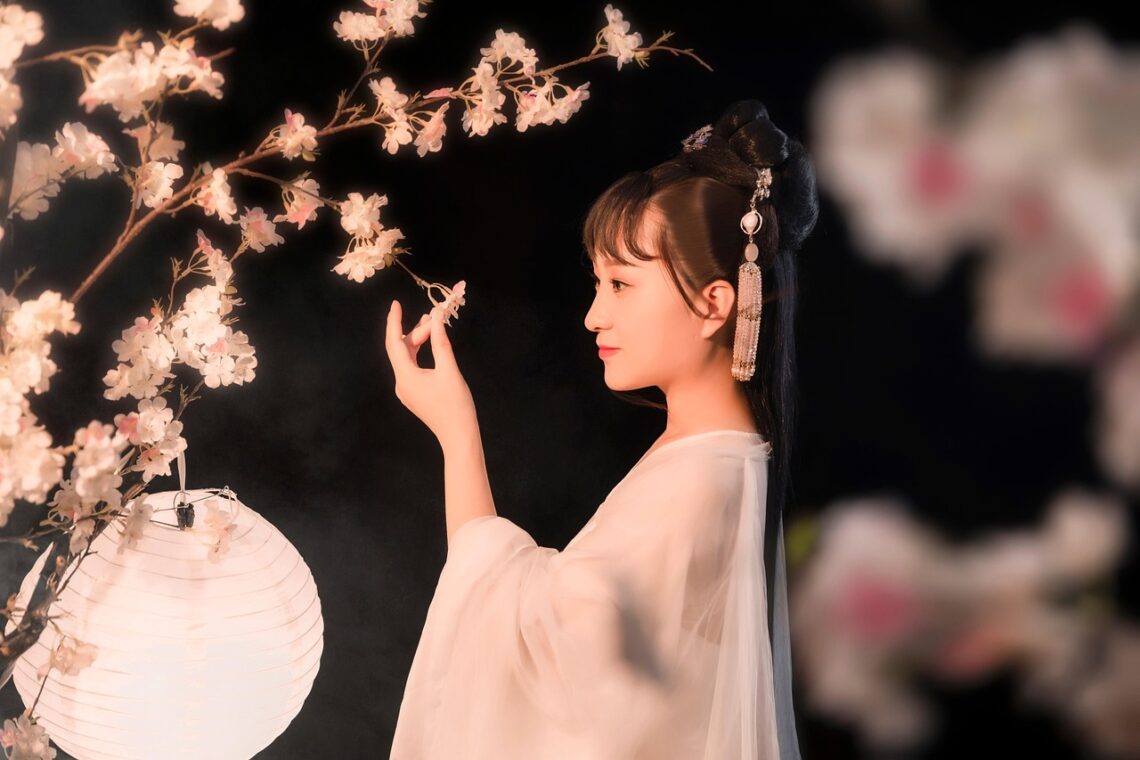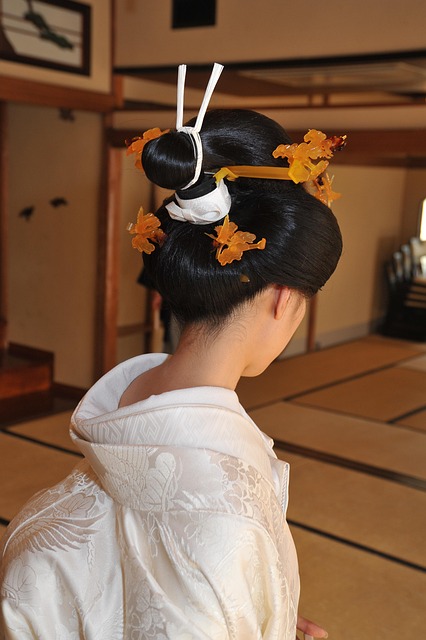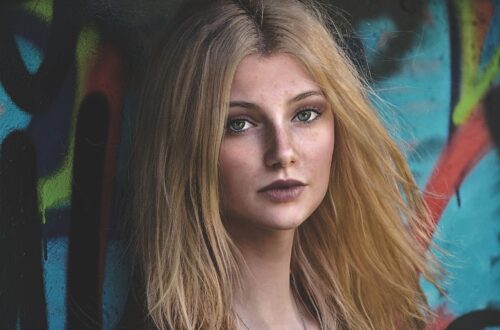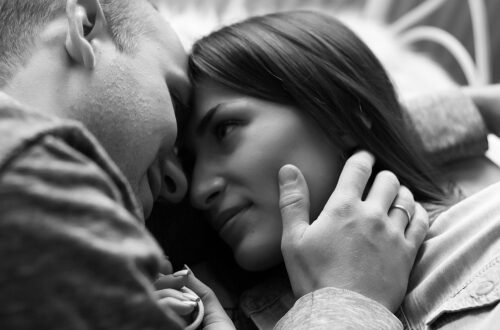
East Meets West: Why Japanese Hairstyles Have Captivated European Beauty Culture
The fusion of Eastern and Western beauty aesthetics has created some of the most compelling trends in modern hairstyling, with Japanese hairstyles emerging as a particularly beloved phenomenon across Europe. From the minimalist elegance of traditional Japanese cuts to the innovative precision of contemporary Tokyo salon techniques, European women have embraced Japanese hair culture with remarkable enthusiasm. This cross-cultural beauty exchange reflects deeper values about simplicity, craftsmanship, and the pursuit of effortless elegance that resonates powerfully with modern European sensibilities.
The Philosophy Behind Japanese Hair Aesthetics
Japanese hairstyling is rooted in centuries-old principles that emphasize harmony, balance, and natural beauty enhancement rather than dramatic transformation. This philosophy, known as “wabi-sabi,” celebrates imperfection and impermanence while finding beauty in simplicity. European women, increasingly weary of high-maintenance styling routines and artificial-looking results, have found this approach refreshingly authentic.
The Japanese concept of “ma,” or negative space, plays a crucial role in their hairstyling philosophy. Rather than adding volume or complexity, Japanese stylists often work with the natural texture and movement of hair, creating styles that appear effortlessly beautiful. This minimalist approach appeals to European women seeking sophistication without ostentation.
Signature Japanese Cuts Taking Europe by Storm
The “Hime Cut,” with its distinctive straight-across bangs and layered side sections, has become particularly popular among European fashion enthusiasts. This traditional style, once worn by Japanese princesses, offers a perfect blend of geometric precision and feminine softness that complements European facial structures beautifully.
The “Wolf Cut,” a contemporary Japanese creation combining elements of shag and mullet styles, has revolutionized European hair salons. Its tousled, effortless appearance provides texture and movement while maintaining an edgy sophistication that appeals to modern European aesthetics.
Japanese bob variations, particularly the “A-line bob” and “graduation bob,” have found devoted followings across European capitals. These cuts offer clean lines and perfect proportions that work harmoniously with European hair textures, creating timeless elegance with contemporary appeal.
Precision and Craftsmanship Excellence
European hairstylists and clients alike have been captivated by the extraordinary precision of Japanese cutting techniques. Japanese stylists undergo rigorous training that can span decades, developing an almost surgical precision in their craft. This level of technical excellence appeals to Europeans’ appreciation for quality craftsmanship and attention to detail.
The Japanese technique of “slide cutting,” which creates seamless layers and natural movement, has been enthusiastically adopted by European salons. This method produces cuts that grow out beautifully, requiring fewer maintenance appointments—a practical benefit that busy European women particularly value.
Low-Maintenance Beauty Philosophy
In an era where European women increasingly prioritize work-life balance, Japanese hairstyles offer the perfect solution with their emphasis on natural texture and minimal daily styling. These cuts are designed to work with, rather than against, the hair’s natural properties, reducing the need for extensive heat styling or product application.
The Japanese principle of enhancing natural beauty rather than masking it resonates strongly with the European trend toward authentic, sustainable beauty practices. This alignment with contemporary values has accelerated the adoption of Japanese styling techniques across European beauty culture.
Cultural Exchange and Global Beauty Trends
The popularity of Japanese hairstyles in Europe reflects broader cultural exchanges facilitated by social media, travel, and global beauty influences. European women have been exposed to Japanese hair culture through various channels, from anime and manga to Japanese fashion magazines and beauty influencers.
European cities with significant Japanese populations, such as Paris, London, and Düsseldorf, have become epicenters for this cultural exchange. Japanese salons in these cities often blend traditional techniques with European hair types and preferences, creating unique hybrid styles that satisfy both aesthetic traditions.
Adaptability to European Hair Types
One of the key factors in the success of Japanese hairstyles in Europe is their remarkable adaptability to different hair textures and types. While originally designed for typically straight, fine Asian hair, Japanese cutting techniques have been successfully modified to work with the diverse hair types found across Europe.
European hairstylists have learned to adapt Japanese precision cutting to work with curly, wavy, and coarse hair textures, maintaining the essential philosophy while accommodating different structural properties. This adaptability has made Japanese styles accessible to a broader European audience.
The Influence of Japanese Pop Culture

The global popularity of Japanese entertainment, from anime to J-pop, has significantly influenced European beauty preferences. Young European women, in particular, have been inspired by the distinctive hairstyles featured in Japanese media, driving demand for authentic Japanese styling techniques.
This cultural influence extends beyond mere aesthetic copying to a genuine appreciation for the artistry and philosophy behind Japanese hair culture. European women often seek not just the look but also the underlying approach to beauty and self-presentation.
Sustainability and Mindful Beauty
Japanese beauty culture’s emphasis on quality over quantity, longevity over trends, and natural enhancement over dramatic change aligns perfectly with Europe’s growing focus on sustainable beauty practices. Japanese hairstyles typically require fewer chemical treatments, less frequent cutting, and minimal daily styling products.
This sustainable approach appeals to environmentally conscious European consumers who are increasingly evaluating their beauty choices through the lens of environmental impact and personal authenticity.
Professional Training and Educational Exchange
European hair professionals have actively sought training in Japanese techniques, with many traveling to Japan or attending specialized workshops led by Japanese master stylists. This educational exchange has elevated the technical standards in European salons while fostering deeper appreciation for Japanese craftsmanship.
Professional organizations and beauty schools across Europe now regularly offer courses in Japanese cutting techniques, ensuring that this knowledge becomes integrated into European hairstyling education rather than remaining a specialized niche.
The Future of Japanese-European Hair Fusion

As the popularity of Japanese hairstyles continues to grow in Europe, we’re seeing the emergence of unique fusion styles that combine the best of both traditions. European creativity and Japanese precision are creating innovative approaches that push the boundaries of both cultures’ aesthetic traditions.
This ongoing cultural exchange suggests that Japanese influence on European hair culture will continue to evolve, creating new hybrid styles that reflect the globalized nature of contemporary beauty culture while respecting the authentic traditions that inspire them.
Conclusion
The European love affair with Japanese hairstyles represents more than a simple trend—it reflects a deeper appreciation for craftsmanship, authenticity, and mindful beauty practices. The Japanese emphasis on natural enhancement, precision cutting, and low-maintenance elegance has provided European women with alternatives to high-maintenance styling routines while offering access to centuries of refined aesthetic wisdom.
As this cross-cultural exchange continues to flourish, Japanese hairstyles are likely to remain a significant influence in European beauty culture, not merely as borrowed techniques but as integrated elements of a more thoughtful, sustainable approach to personal style. The success of this cultural fusion demonstrates the universal appeal of authenticity, craftsmanship, and beauty philosophies that honor rather than fight against natural characteristics.



